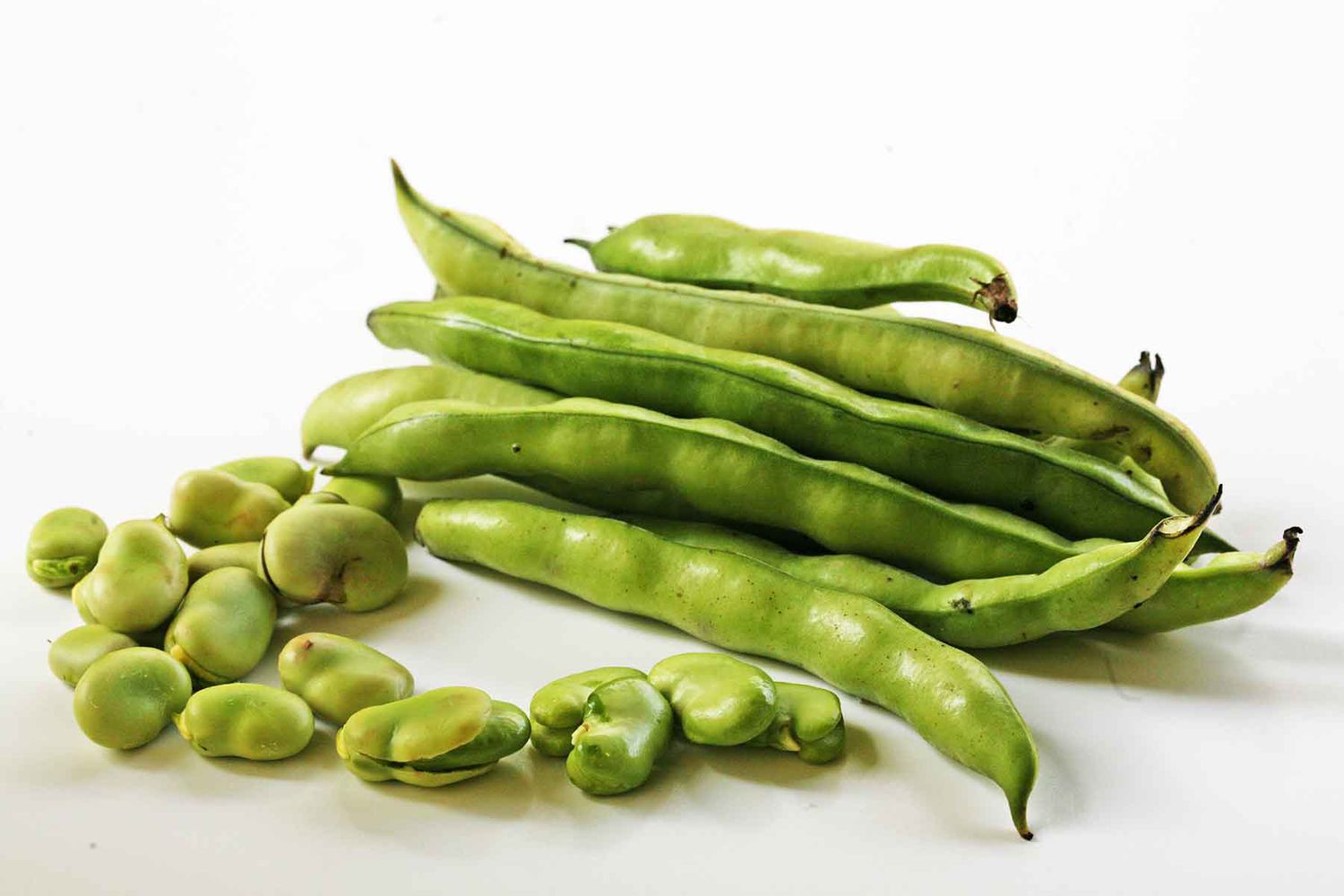
Fava beans, also known as broad beans, have been a staple in diets for thousands of years. But what makes these beans so special? Fava beans are packed with protein, fiber, and essential nutrients that contribute to a healthy diet. They can be enjoyed in various dishes, from soups and stews to salads and dips. Did you know that fava beans are one of the oldest cultivated plants? Their history dates back to ancient civilizations, including the Greeks and Romans. These versatile legumes are not only nutritious but also environmentally friendly, as they help enrich the soil with nitrogen. Whether you're a foodie, a gardener, or just curious, there's plenty to learn about these fascinating beans. Ready to dig in?
Key Takeaways:
- Fava beans, also known as broad beans, are a versatile and nutritious legume that has been cultivated for thousands of years. They are rich in protein, fiber, and essential nutrients, making them a great addition to any diet.
- From their historical significance to their culinary uses, fava beans have played a significant role in various cultures and cuisines around the world. Whether eaten raw, cooked, or dried, these beans offer a unique and delicious flavor that can be enjoyed in a variety of dishes.
What Are Fava Beans?
Fava beans, also known as broad beans, have been cultivated for thousands of years. They are a staple in many cuisines around the world. Let's dive into some fascinating facts about these versatile legumes.
-
Fava beans are one of the oldest cultivated plants, dating back to around 6000 BCE.
-
They are native to the Mediterranean region but are now grown worldwide.
-
These beans are rich in protein, fiber, and essential nutrients like iron and magnesium.
-
Fava beans can be eaten raw, cooked, or dried, making them incredibly versatile in the kitchen.
Nutritional Benefits of Fava Beans
Fava beans are not just tasty; they pack a nutritional punch. Here are some health benefits you might not know about.
-
They are an excellent source of plant-based protein, making them ideal for vegetarians and vegans.
-
Fava beans contain high levels of folate, which is crucial for DNA synthesis and repair.
-
They are rich in dietary fiber, aiding in digestion and promoting gut health.
-
These beans are low in fat but high in essential vitamins and minerals.
Culinary Uses of Fava Beans
Fava beans are used in various dishes across different cultures. Their unique flavor and texture make them a favorite among chefs and home cooks alike.
-
In Italy, fava beans are often paired with pecorino cheese for a simple yet delicious snack.
-
Middle Eastern cuisine features fava beans in dishes like falafel and ful medames.
-
In China, fava beans are stir-fried with garlic and spices for a tasty side dish.
-
They can be pureed into a creamy dip or spread, similar to hummus.
Growing Fava Beans
Interested in growing your own fava beans? Here are some tips to get you started.
-
Fava beans thrive in cool weather and can be planted in early spring or fall.
-
They require well-drained soil and full sun to grow optimally.
-
These plants can fix nitrogen in the soil, making them beneficial for crop rotation.
-
Fava beans are relatively pest-resistant, making them easier to grow organically.
Historical Significance of Fava Beans
Fava beans have played a significant role in history and culture. Here are some intriguing historical facts.
-
Ancient Egyptians considered fava beans sacred and used them in religious rituals.
-
In ancient Greece, fava beans were associated with the god Apollo.
-
During the Middle Ages, fava beans were a crucial food source during times of famine.
-
They were one of the first crops brought to the Americas by European settlers.
Fun Facts About Fava Beans
Let's wrap up with some fun and quirky facts about fava beans that you might not know.
-
Fava beans can cause a condition called favism in people with a specific genetic deficiency.
-
They have a unique, slightly bitter taste that becomes sweeter when cooked.
-
The pods of fava beans are also edible and can be cooked like green beans.
-
Fava beans are often used as a cover crop to improve soil health.
-
In some cultures, fava beans are considered a symbol of good luck and prosperity.
Final Thoughts on Fava Beans
Fava beans, also known as broad beans, pack a punch when it comes to nutrition and versatility. These legumes are rich in protein, fiber, vitamins, and minerals, making them a fantastic addition to any diet. Whether you’re looking to boost your iron intake or add more plant-based protein to your meals, fava beans have got you covered.
They’re not just nutritious; they’re also incredibly versatile in the kitchen. From soups and stews to salads and snacks, there’s no shortage of ways to enjoy these beans. Plus, they’ve got a fascinating history, having been cultivated for thousands of years and enjoyed by various cultures worldwide.
So next time you’re at the grocery store, grab a bag of fava beans. Your taste buds and your body will thank you!
Frequently Asked Questions
Was this page helpful?
Our commitment to delivering trustworthy and engaging content is at the heart of what we do. Each fact on our site is contributed by real users like you, bringing a wealth of diverse insights and information. To ensure the highest standards of accuracy and reliability, our dedicated editors meticulously review each submission. This process guarantees that the facts we share are not only fascinating but also credible. Trust in our commitment to quality and authenticity as you explore and learn with us.


